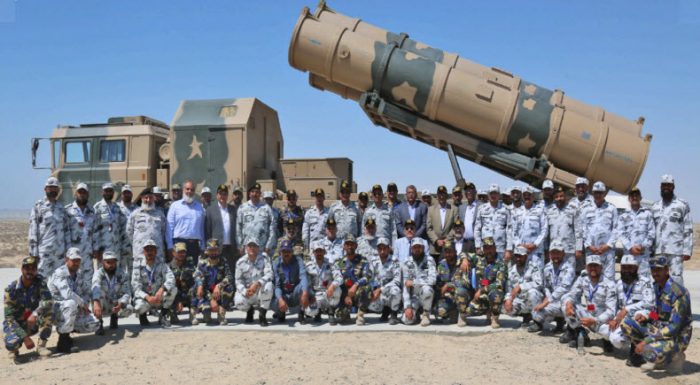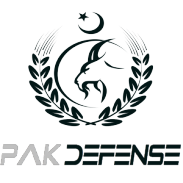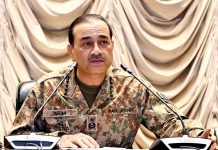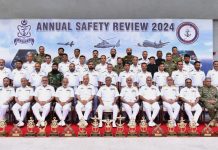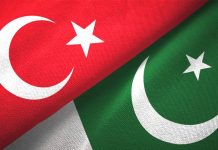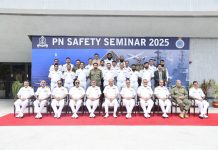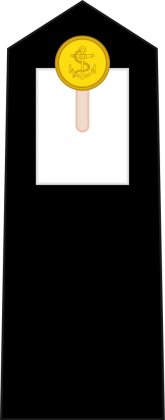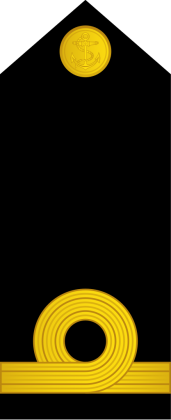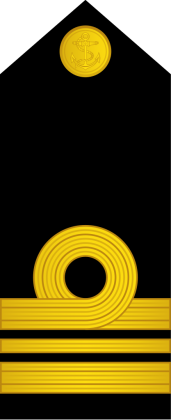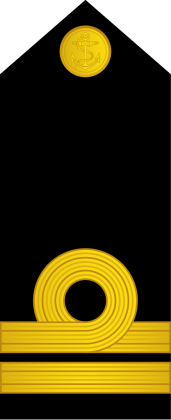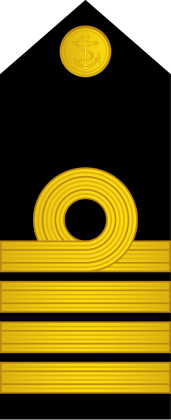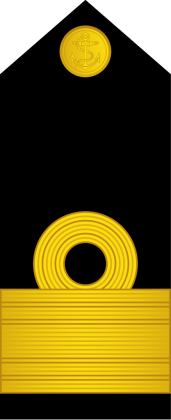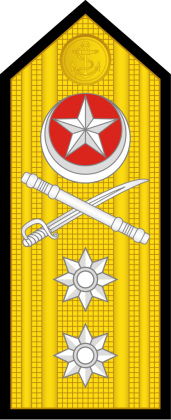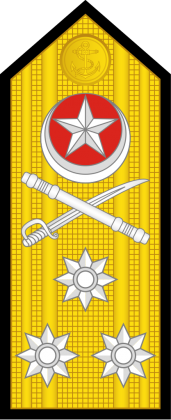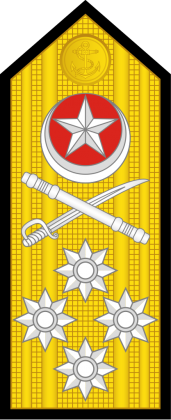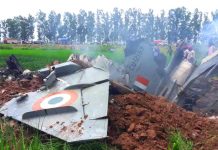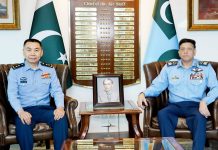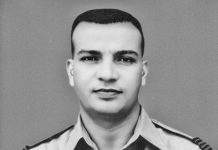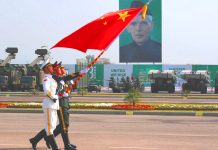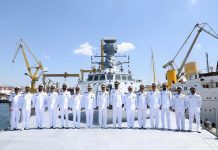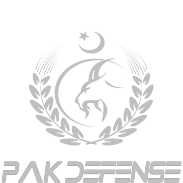Reading Time: 30 minutes approx.
PAKISTAN NAVY:
The PAKISTAN NAVY is the branch of PAKISTAN armed forces that deals with all domains of the Naval Warfare. The PAKISTAN NAVY is responsible to safeguard the strategic, civilian and military installations in the host country. Moreover, it also protects the 1046 KM coastline of PAKISTAN.
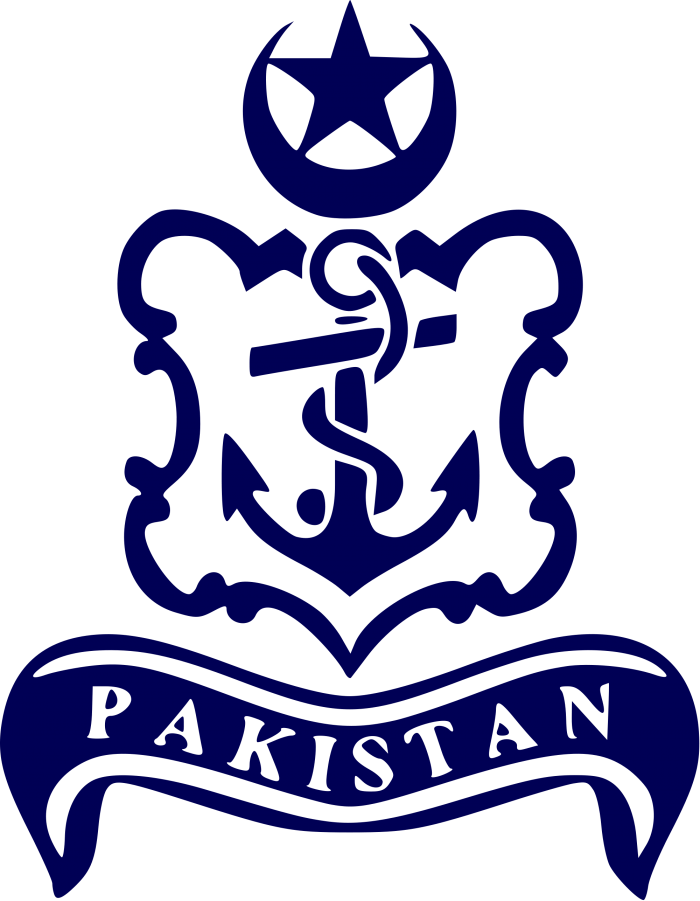
According to the Article 243 (2) of the host country, the Supreme Commander of the PAKISTAN NAVY is the acting President of the country. The PAKISTAN NAVY is headed by the NAVAL CHIEF or CHIEF OF NAVAL STAFF (CNS). The proud PAKISTANI nation celebrates the NAVY DAY in commemoration of the unbelievable deeds done by the PAKISTAN NAVY during Indo-PAK War of 1965.
The main responsibility of the PAKISTAN NAVY includes is to provide round the clock total security to the country’s strategic interests both at home and abroad and it accomplishes this goal through military drills and other activities.
The PAKISTAN NAVY includes 23,800 combat and technical troops. This figure also includes the 2000 personnel of the PAKISTAN Maritime Security Agency (PMSA) and about 3,200 combat troops of PAKISTAN MARINES.
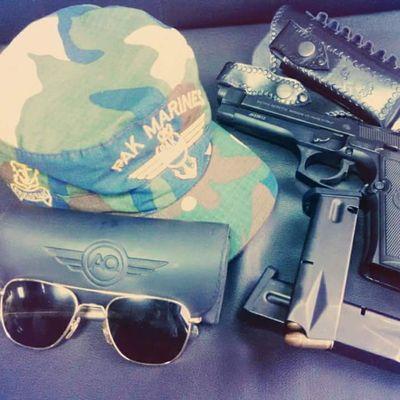
The PAKISTAN NAVY is currently undergoing an extensive expansion and modernization program as part of the CHINA PAKISTAN Economic Corridor (CPEC) and to counter the Indian nefarious designs in the Arabian Sea and the region as the whole. Due to this reason, the PAKISTAN NAVY has tremendously increased its capabilities, mode of training, operational scope to counter the sea-based drug smuggling, piracy and global terrorism.

Due to the CHINA PAKISTAN Economic Corridor (CPEC), the PAKISTAN NAVY has expanded its fleet to provide round the clock total security to land and sea-based shipping consignments.
In order to secure the sea and land-based shipping line of Gwadar, the PAKISTAN NAVY has established a state of the art TF-88 (Task Force 88) and equipped it with state of art patrolling ships, frigates, warships and submarines.
The PAKISTAN NAVY has also tested the sea-based BABUR Cruise missile that can carry both nuclear and warheads and due to this very reason, the PAKISTAN NAVY is also the custodian of the PAKISTAN’s second strike capability to counter any india aggression in the host country and region as the whole.
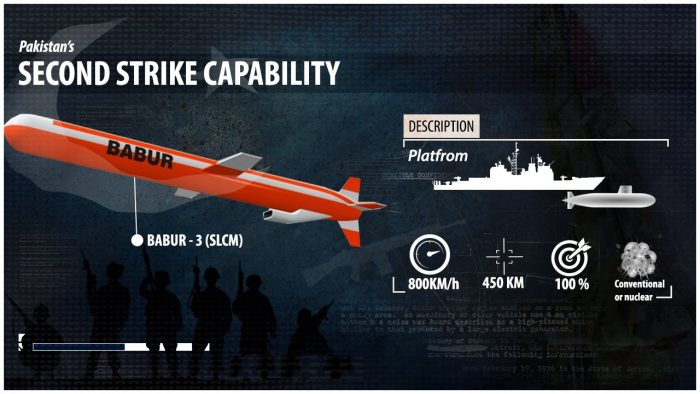
The PAKISTAN NAVY is headed by the senior most four star Navy Officer with a rank of Admiral. The PAKISTAN NAVY Chief is usually appointed by the President of the country with the consultation of the Prime Minister.
The PAKISTAN NAVY came into being after the independence of the Sub-continent into two countries, including the PAKISTAN. The committee responsible to divide the assets of Royal Indian Navy was known as the Armed Forces Reconstitution Committee (AFRC).
The ROYAL PAKISTAN NAVY was given two sloops, two minesweepers, two frigates, four harbor launches, Navy Trawlers and a quantity of Harbor Defense Motor Launches.
Like the case with the PAKISTAN ARMY, the starting era of the PAKISTAN NAVY was very difficult due to the discriminated and biased approach of British and Indian government.
The PAKISTAN NAVY only got 200 Navy officers and 3000 Sailors and the senior most officer the PAKISTAN NAVY got at that time was a Captain named HMS Choudri and he had only little professional experience.
Right from the start, the PAKISTAN NAVY, endured a plethora of problems, including the lack of manpower, lack of operational bases, lack of naval warfare hardware and lack of funds.
The second most problem, the PAKISTAN NAVY faced at the time of existence is that the majority of the defense budget goes to the PAKISTAN ARMY and PAKISTAN AIR FORCE and only a limited amount of funds were released to the PAKISTAN NAVY. Moreover, the PAKISTAN NAVY also faced the problems related to the maintain the machinery as the one and only naval dockyard was in Bombay, india.
The Starting Years:
During the first Indo-PAK war of 1947-1948, the PAKISTAN NAVY doesn’t undergo any large scale fighting, as the conflict was only restricted only to the Air and Land combat missions. During the war, the very first Naval Chief of the PAKISTAN NAVY Rear-Admiral James Wilfred Jefford had setup a Short-Term Emergency Plan which was abbreviated as STEP.
According the STEP, if the war escalates, then the PAKISTAN NAVY has planned to use all the naval warfare resources, including the frigates and other type of naval defenses. During the first war, the PAKISTAN NAVY undertakes major level humanitarian missions that included the evacuation of immigrants that were trapped in the hostile areas.
After the first Indo-PAK war was over, the PAKISTAN NAVY temporarily established the Naval Headquarter in Karachi and acquired its very first O Class Destroyer from the Royal Navy.
With the acquiring of the Destroyer, the naval warfare capabilities of the PAKISTAN NAVY go to another level. During the starting years, the PAKISTAN NAVY heavily dependent on the donations from the Royal Navy, which gave two battle destroyers to the PAKISTAN NAVY and they were named as the PNS Tariq and PNS Tippu Sultan.
By acquiring of these two battle destroyers, the PAKISTAN NAVY formed the very first Destroyer Squadron named as the PNS Tughril and PNS Jhelum. The Destroyer Squadron was led by the Commander Muzaffar Hasan.
The nationalization of the PAKISTAN NAVY took place in the 1950s, due to this nationalization a number of the PAKISTAN ARMY and the PAKISTAN AIR FORCE officers volunteered themselves to join the PAKISTAN NAVY as officers.
Due to the support from the PAKISTAN ARMY and the PAKISTAN AIR FORCE, a number of vigorous efforts were lead to the procurement and establishment of machinery maintenance and logistics support. The PAKISTAN NAVY undertook numbers of goodwill combatant missions were executed by the PAKISTAN NAVY’s combatant ships.
In 1951, the HMS Choudri was appointed as the Vice-Admiral of the PAKISTAN NAVY with the COAS Lieutenant General Ayub Khan. After taking the command; the Vice-Admiral HMS Choudri handed over the command of Destroyer Squadron to a Polish Naval Officer named as the Commander Tyminski. During the mid 1950’s the then Ministry of Finance awarded the construction contract of the PAKISTAN’s very first Naval Dockyard in Karachi.
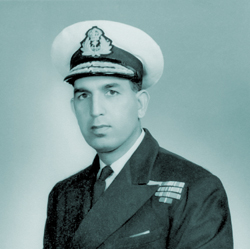
In 1956, the Constituent Assembly of PAKISTAN adopts new Constitution of PAKISTAN proclaimed the name of the country as the ISLAMIC REPUBLIC of PAKISTAN. The prefix of Royal was exempted from the name of the PAKISTAN NAVY and was re-designated as the PAKISTAN NAVY or PN. Moreover, the White Ensign Sign and the Colors of Queen were replaced by the PAKISTAN NAVY Jack.
In 1956, the then British Government announced the transfer a number of Naval Surface Combatant Warships that includes the four destroyers and a cruiser to the PAKISTAN NAVY under the Military Assistance Program. In 1956, the aggressive efforts of the Vice-Admiral HMS Choudri managed the seal the deal of Cruiser Warship from the United Kingdom.
During the era of 1956-1963, the PAKISTAN NAVY acquired an additional warship, two destroyers, an oiler and eight coastal minesweepers from the US and the UK Due to the participation of PAKISTAN in CENTO and SEATO.
During the era of 1960-1970:
In 1959, the Vice-Admiral of the PAKISTAN NAVY Afzal Rahman Khan was appointed as the Naval Chief and he worked selflessly for the procurement of the PAKISTAN’s first Submarine despite lack of funds. During 1960-1963, the UK and US provided the first hand and crucial training to conduct long range Submarine operations. In 1964, the PAKISTAN NAVY acquired the very first Submarine from the United States and named as the PNS Ghazi.
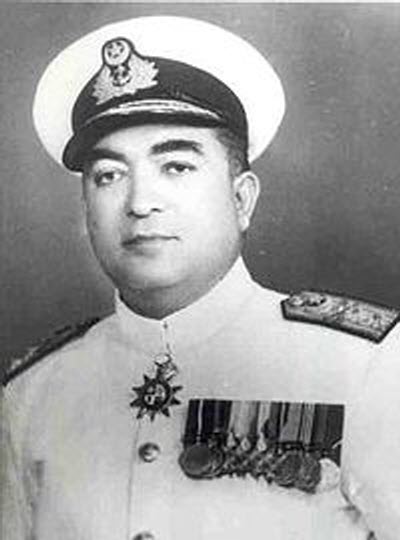
Due to the operational preparedness, the PAKISTAN NAVY was fully prepared when the second Indo-PAK war erupted between the two countries. The PAKISTAN NAVY Naval Chief ordered his force to take necessary defensive positions, especially in the Bay of Bengal.
As the indian air force has disrupted a number of the PAKISTAN AIR FORCE operations, the PAKISTAN NAVY engages itself to a more aggressive role in the war. Due to this very reason, the PAKISTAN NAVY deployed its long-range Submarine, the PNS Ghazi.
The Submarine operation was led by the Commander K.R. Niazi and was assigned to gather the intelligence reports Indian Aircraft Carrier INS Vikrant. On the midnight of 7-8 September, the naval squadron of the PAKISTAN NAVY that consists of one frigate, one cruiser, four destroyers and one Submarine was lead by the Commodore S.M Anwar and was assigned a task to launch Operation Dwarka.
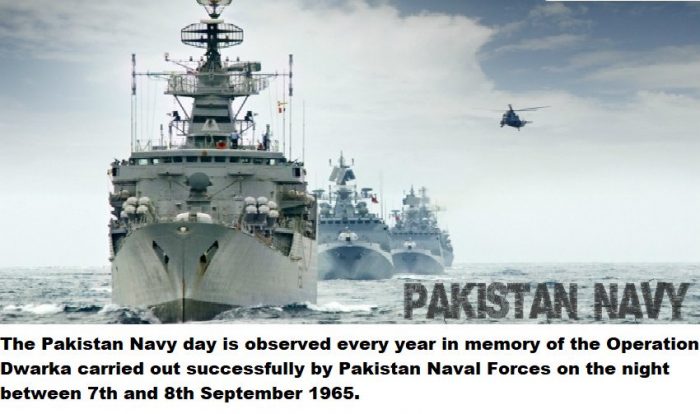
Dwarka was basically a very important radar facility that was being used by the Indian Air Force during the war. The operation Dwarka was completed with the total destruction of the Dwarka Base.
It was the tremendous success of the PAKISTAN NAVY that earned huge respect and admiration, not only in host country, but also in indian sections who were now very much frightened by the threats posed by the PAKISTAN NAVY.
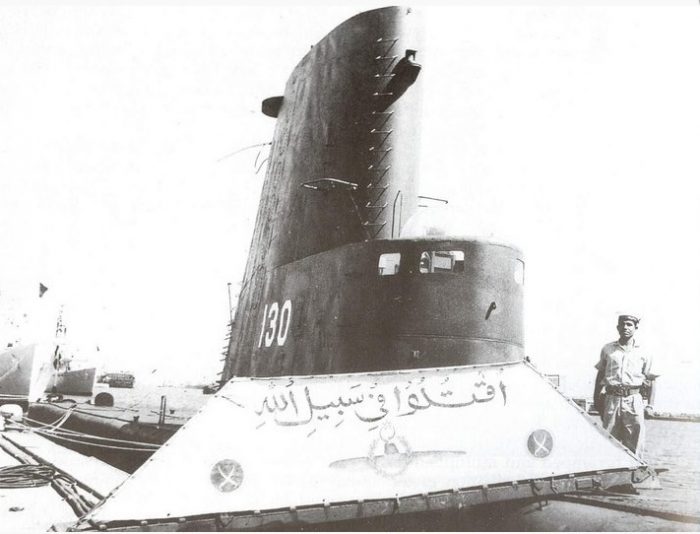
After the war, the US imposed arms embargo on PAKISTAN, the move that was clearly the indication of double standard of Unites States. The weapon embargo on the PAKISTAN by the United States forced the country to seek military ties with other countries as CHINA, Soviet Union and France.
In 1966, the PAKISTAN NAVY formed its own special operations force known as the Special Service Group Navy (SSGN) under the directorate of Special Operations.
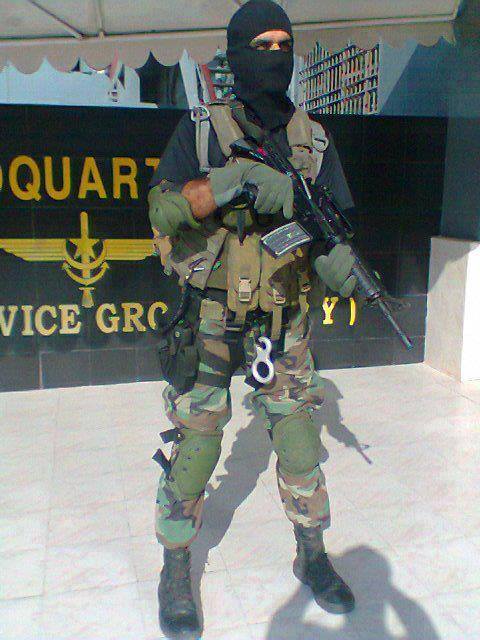
The PAKISTAN NAVY acquired the Daphne-class Submarine from the France, while operating the Tench-class Submarine that was upgraded by the brotherly TURKISH NAVY.
Due to the blockage of the Suez Canal by the Egyptians, the PAKISTAN NAVY had to search another route to continue to upgradable program at the Gölcük in Turkey. The Gölcük was the only facility to upgrade the military hardware of Tench-class submarines. During the 1968-1969, the PAKISTAN Naval Headquarter began to working the establishment of state of the art Naval Aviations Department.
The very first procurement of the Naval Aviation Department of the PAKISTAN NAVY was started with the very induction of P3B Orion Aircraft that was handed over to the PAKISTAN NAVY by the US during the Yahya Administration.
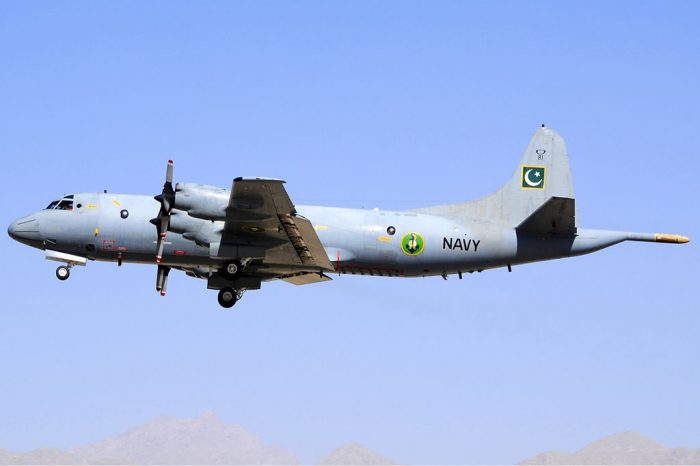
The operation of the PAKISTAN NAVY came into attention in the mid 1970s when it played a major role in the Naval blockade of illegal weapons cache that was being brought in Balochistan province.
During the era of 1974-1977, the PAKISTAN NAVY provided the critical logistical support to the PAKISTAN ARMY and the PAKISTAN AIR FORCE to stabilize the situation of the Balochistan province afterwards.
During 1970s, the PAKISTAN NAVY tried to explore new defense markets rather than being dependent on its sole defense supplier, the US which has once again place embargo on PAKISTAN after the indo-PAK War of 1971.
During that era, the PAKISTAN NAVY managed to seal multiple defense deals with its Iron Brother CHINA and France that included the procurement of state of the art Warships from the two countries. The PAKISTAN NAVY managed to acquire the cutting-edge long range reconnaissance Aircraft that was equipped with top of the line land-based ballistic missiles.
The PAKISTAN NAVY was become the first Navy in South Asia to induct such cutting-edge naval warfare weaponry in its arsenal. During the era of 1979-1980, the PAKISTAN NAVY managed to sign the deal of two Agosta 70 class Submarine from France and named as the Hashmat and Hurmat.
Due to the approach of lack of dependency on the United States, the PAKISTAN NAVY has witnessed a glorifying era in 1989, as its surface combatants increased almost twice from 8-16.
The United States granted the whooping $3.2 Billion dollars aid to PAKISTAN due to the cooperation with the United States against the invasion of the Soviet Union in Afghanistan. In 1988, the PAKISTAN NAVY acquired frigates from the United States on a lease of five years.
After the Soviet-Afghan War was over with the departure of Soviet troops from Afghanistan, the double standard of the United States come in to play again be imposing an arms embargo on PAKISTAN in 1990s.
The lease of all procured frigates from the United States was expired in 1994, this phenomenon seriously impaired the PAKISTAN NAVY who was now of shortage of frigates and warships. Despite being deceived and ignored by the Unites States, the PAKISTAN NAVY decides to assist the United Nations to conduct the military operation against the civil war in Somalia.
During the era of 1991-1994, the PAKISTAN NAVY became part of the Operation Restore Hope by dispatching two destroyer frigates and on Submarine to assist the US Navy to continue its operation. In 1995, the PAKISTAN NAVY participates in Operation United Shield by evacuating the personnel and military hardware of Army, Air Force and Marines.
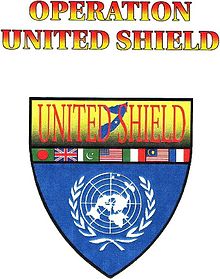
After experiencing the three times betrayal by the United States, the PAKISTAN NAVY began to seriously considering on self reliance. During the 1994-1995, PAKISTAN successfully managed to seal the deal of Agosta 90B Submarines under the Transfer of Technology (TOT) agreement which was also included the transfer of Air Independent Propulsion (AIP) technology despite the strong opposition from india.
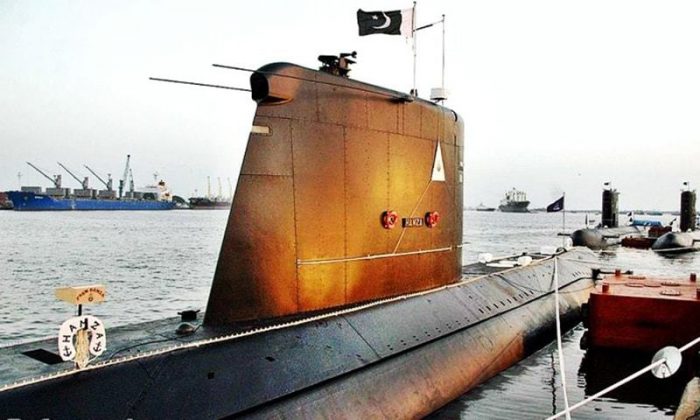
During that era, the British government approved the sale of revolutionary Sea King and Westland Lynx Helicopters to the PAKISTAN NAVY.
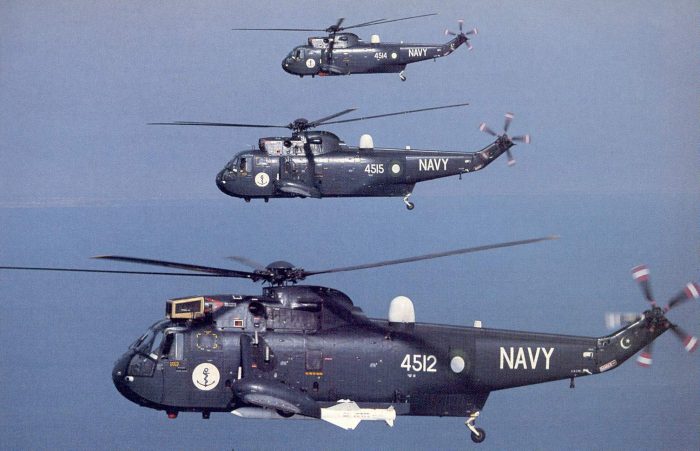
Both of the helicopters were equipped with the cutting-edge ASW missiles. This deal help to further boost the operational capabilities of the PAKISTAN NAVY.
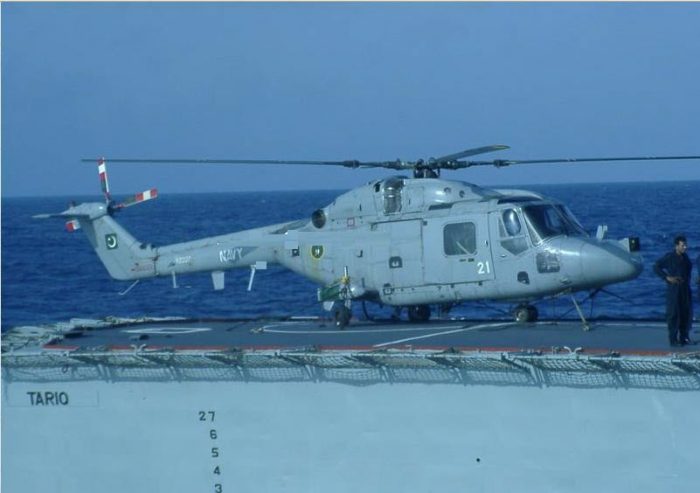
After the conducting of Nuclear Tests by PAKISTAN in 1998, the strategic planners were now seriously considering to transform the old PAKISTAN NAVY into new nuclear capable Navy to counter the ambitions and threats of nuclear ambitions of the Indian navy in the Indian Ocean.
In early 1990s, when the Indian navy leased a Soviet Charlie 1 class nuclear Submarine from the Soviet Union, the PAKISTAN NAVY began to negotiating with the all weather friend, CHINA to acquire the Type 091 Han Class Nuclear Submarine. However, the PAKISTAN NAVY cancelled the negotiating after it learned that the Indian navy had returned the Charlie 1 class nuclear submarine back to the Soviet Union in 1991.
When indian navy launched the Operation Talwar, the PAKISTAN NAVY showed its real teeth to its archrival india by deploying its several frigates, destroyers, combatant ships and submarines to keep the Indian navy away from its nefarious designs in the region.
The Naval Air Arm continued to maintain its patrol and reconnaissance operation in the Arabian Sea to counter any nefarious designs of the Indian navy.
Operations in Frontier Province and War on Terror:
The participating of the PAKISTAN NAVY in United Shield has tremendously increased the operational capabilities of the PAKISTAN NAVY and the PAKISTAN NAVY has started to shift its focus on various strike operations and large scale naval operation.
Since 2007, the PAKISTAN NAVY has played an active role in various multinational naval exercises and missions, including the CTF-150, NAVCENT, CTF-151 and Operation Enduring Freedom. The command of Combined Task Force (CTF-150) was handed over the PAKISTAN NAVY and the NAVY coordinated several naval patrols in the area to secure the shipping of commercial ships.
Moreover, the coalition ships included in the CTF-150 that was headed by the PAKISTAN NAVY had made 11 successful rescues at sea and it also busts the largest drug trafficking after the 2005. The PAKISTAN NAVY had contributed about two dozen different ships to CTF-150.
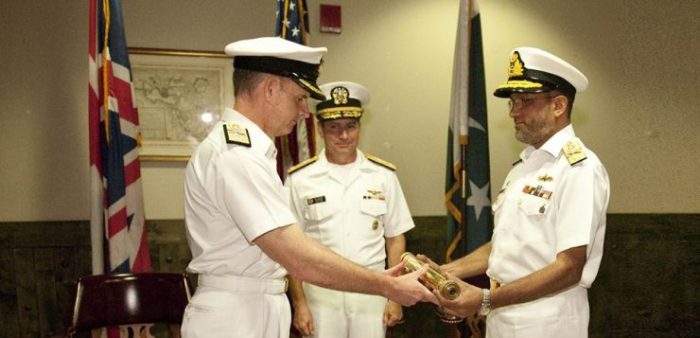
The PAKISTAN NAVY has actively taken part in the PAKISTAN’s war on terror operations in the Frontier province that included the Operation Black Thunderstorm, Operation Mehran, Operation Rah-e-Nijat and Operation Maddad.
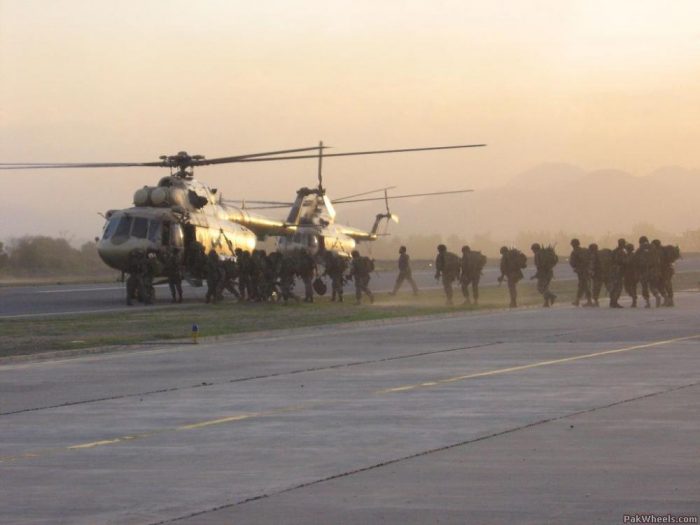
The PAKISTAN NAVY provides critical support in all the operations fought by PAKISTAN in the tribal areas. The PAKISTAN NAVY also played its decisive role in controlling the Indian launched insurgency in PAKISTAN Western Tribal belt areas.
The PAKISTAN NAVY took active part in the counterinsurgency operations to track and hunt down the operatives of BLA, BRA, TTP, Al-Qaeda and other insurgents groups by with the help of ground operations, intelligence gathering and logistics support.
The PAKISTAN NAVY has actively engaged in a number of counter-insurgency operations in tribal areas, NWFP and Balochistan Province to support and ease the burden of existing forces of the PAKISTAN ARMY and the PAKISTAN AIR FORCE.
The Northern Command of the PAKISTAN NAVY that is known as the COMNOR. The COMNOR conducted the ground operation, intelligence gathering missions and precisely bombing missions to take out the secretive hideout of indian sponsored, indian trained and indian funded militants.
The naval-based airborne missions provided significant help in controlling and executing the various counter terrorism and counter insurgency operations very far from the coastal area that has taken attentions, recognition and commendations not in the host country, but internationally as well.
The heroic deeds of the PAKISTAN NAVY personnel also led to winning many bravery medals from the Government of PAKISTAN.
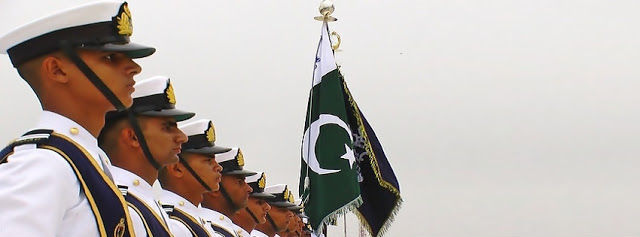
The PAKISTAN NAVY was already engaged in the successful counterinsurgency operations in the country during 2006-2007 to track and hunt down the operatives of insurgent groups in PAKISTAN.
The PAKISTAN NAVY has launched different country wide operations to ease the burden of the PAKISTAN ARMY and the PAKISTAN AIR FORCE. The combatant troops of the PAKISTAN NAVY executed more difficult anti-terrorism and counterinsurgency operations and its troops fought the TTP assets along with the tribal areas of PAKISTAN.
Command Structure of the PAKISTAN NAVY:
The PAKISTAN NAVY is led by the Chief of Naval Staff who is a senior four star Admiral. He is also the member of the National Security Council (NSC), the Nuclear Command Authority (NCA) and the Joint Chiefs of Staff Committee.
The Naval Headquarter is located in Islamabad near the General Head Quarters (GHQ), from where the Chief of Naval Staff directs several combatant and non-combatant operations to provide round the clock total security to the coastal areas and sea defenses of the Country.
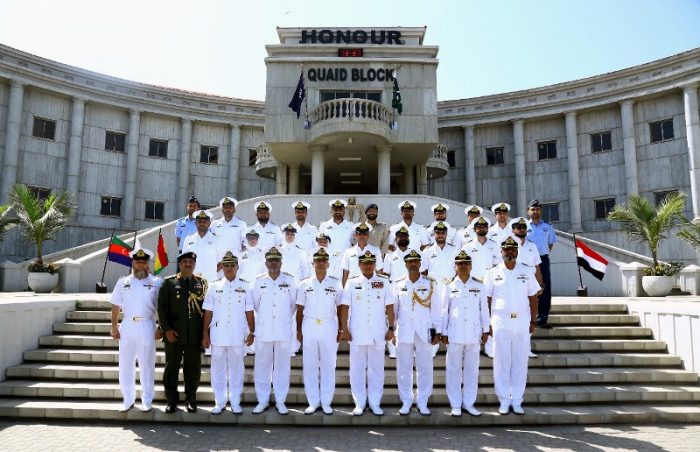
Almost seven Deputy Naval Chiefs worked under the Chief of Naval Staff that ranges from Rear Admirals to Vice Admirals.
These seven Deputy Chiefs of Naval Staff include the Quarter-Master General (QMG), the Chiefs of Staff; who directs all the functions of intelligence and naval operations directorate, Naval Secretary (NS), the Engineer-in-Chief, the Hyrdographer of the Navy (HPN), the Director General of Training and Joint Warfare (DG Trig), the Flag Officer Sea Training (FOST), the Chief of Naval Logistics, the Directorate-General for Naval Technologies Complex (NTC). The major responsibilities of these Deputies are as under:
Deputy Chiefs of Staff of the PAKISTAN NAVY:
- Deputy Chiefs of Staff of Training and Evaluation (DCNS Training and Evaluation)
- Deputy Chiefs of Staff of Administration (DCNS Administration)
- Deputy Chiefs of Staff of Personnel (DCNS Personnel)
- Deputy Chiefs of Staff of Naval Operation (DCNS Operations)
- Deputy Chiefs of Staff of Projects (DCNS Projects)
- Deputy Chiefs of Staff of Materials (DCNS Materials)
- Deputy Chiefs of Staff of Naval Supplies (DCNS Supply)
PAKISTAN NAVY Assistant Chiefs of Naval Staff:
- Assistant Chief of Naval Staff of Naval Strategic Force Command (ASFC NSFC)
- Assistant Chief of Naval Staff of Training and Evaluation (ACNS Training and Evaluation)
- Assistant Chief of Naval Staff of Materials (ACNS Materials)
- Assistant Chief of Naval Staff of Naval Operations (ACNS Operations)
- Assistant Chief of Naval Staff of Training and Personnel (ACNS Training and Personnel)
- Assistant Chief of Naval Staff of Administration (ACNS Administration)
- Assistant Chief of Naval Staff of Projects (ACNS Projects)
- Assistant Chief of Naval Staff of Naval Supplies (ACNS Supply)
Headquarter of the PAKISTAN NAVY:
The headquarter of the PAKISTAN NAVY (PN) is located in the Federal Capital, Islamabad in the vicinity of Joint Staff Headquarters and near the General Headquarter (GHQ) of PAKISTAN ARMY.

Combatant Commands of the PAKISTAN NAVY:
The PAKISTAN NAVY manages eight major combatant commands in the country. Details of all these combatants are as follows:
-
Commander of the PAKISTAN Naval Fleet (COMPAK):
The headquarter of the Commander of the PAKISTAN Naval Fleet (COMPAK) is located in Karachi and it heads the Aviation, Surface and Sub-surface commands. It has two sub-commands:
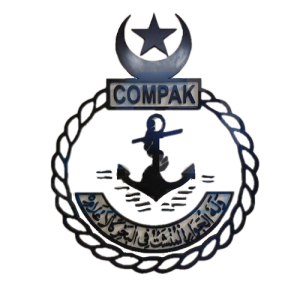
-
Commander of the Naval Air Arm (COMNAV):
It is the commander of the Naval Aviations and it provide safeguard to the Naval Air Stations throughout PAKISTAN.
2. Commander of the Submarine Squadron (COMSUBS):
It is the commander of Submarine Commanders. It looks after all the Submarine operations in PAKISTAN.
3. Commander Karachi (COMKAR):
The chief responsibility of the Commander Karachi is to look after the command of all naval facilities within Karachi and to look after the Command of the shore establishment.
The Commander Karachi (COMKAR) also looks after the harbor defense, it also provide logistics supports, including the various training and services facilities for the Navy. Additionally, the Commander Karachi (COMKAR) also looks after all the military protocol in Karachi.
-
Commander Logistics (COMLOG):
This Command looks after all the maintenance operations and logistics infrastructure of the PAKISTAN NAVY.
-
Commander Coast (COMCOAST):
This is the special strategic Command of Special Services Group (N), PAKISTAN MARINES and Coastal Stations.
-
Commander Central Punjab (COMCEP):
Its responsibility is to look after the marine and naval assets in Punjab and southern skirts of Sindh.
-
Flag Officer Sea Training (FOST:
The main responsibility of this command is to conduct nearly all types of training including the operation training at sea and coastal areas
-
Commander North (COMNOR):
The main responsibility of this command is to look after the strategic naval installations in the northern part of PAKISTAN.
The Commander North mainly look after its key naval facilities in Azad Kashmir, North-West PAKISTAN and Northern areas of PAKISTAN. The Commander North (COMNOR) is also the important part of PAKISTAN’s Naval Northern Command.
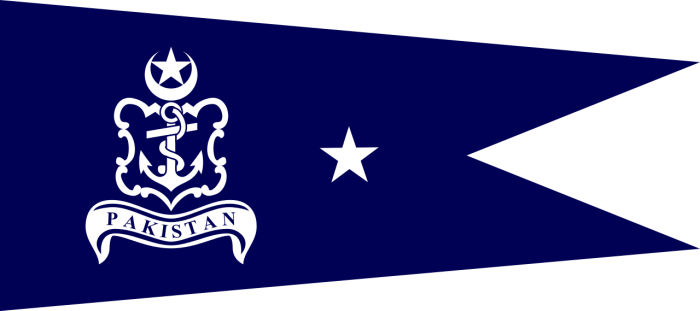
-
Commander West (COMWEST):
The chief responsibility of this command is to ensure the security of all naval installations in the Western part of PAKISTAN. These naval bases include the Gwadar, Ormara, Pasni and Jiwani. The Commander West (COMWEST) is also the important part of Western Naval Command of PAKISTAN NAVY.
Depots Command:
The major Depot Command of the PAKISTAN NAVY consists of 11 different Units. It includes:
-
Commander Depots Group (COMDEP):
This is a command of Supply branch located of PAKISTAN NAVY in Karachi.
Naval Strategic Force Command (NSFC):
The PAKISTAN NAVY inaugurated the dedicated headquarter of the Naval Strategic Force Command (NSFC).
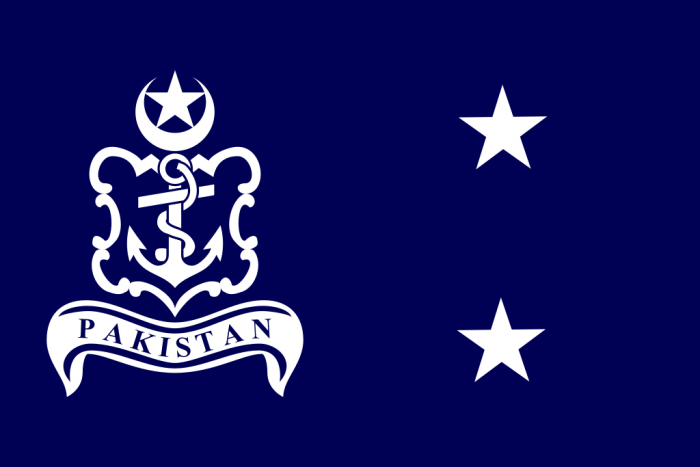
The PAKISTAN ARMY describes the PAKISTAN Navy’ Naval Strategic Force Command (NSFC) as the Custodian of the PAKISTAN’s second nuclear strike capability.

PAKISTAN NAVY Personnel:
The total strength of the PAKISTAN NAVY consists about 35,700 combat troops that include small strength from other forces the NAVY manage as the PAKISTAN MARINES, PAKISTAN COAST GUARDS and PAKISTAN MARITIME SECURITY AGENCY.
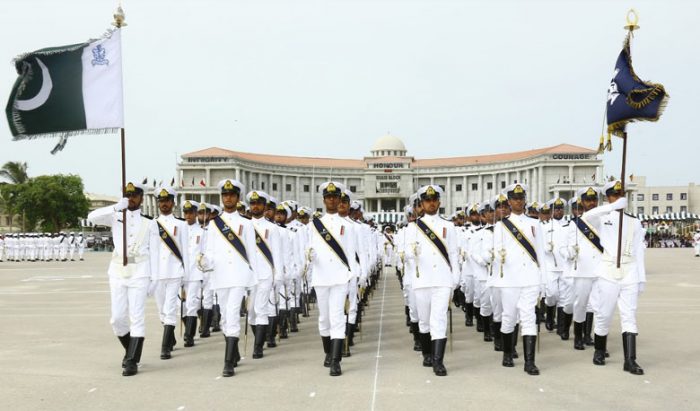
Educational Institutions and Training Centers:
The PAKISTAN NAVY manages and maintains a large number of scientific organizations, educational centers and training centers throughout the country to support its major non-combatant operation and combatant operations in the host country. One of the premier institutes that PAKISTAN NAVY manages is the PAKISTAN NAVAL ACADEMY.
The PAKISTAN NAVAL ACADEMY prepares the future PAKISTAN NAVY Officers, Cadets and Sailors. The PAKISTAN NAVAL ACADEMY also provides education and training to the friendly countries, including the Royal Saudi Navy (RSN) and Qatar Royal Navy (QRN) and other gulf countries.
The other education institutions include THE NAVAL WAR COLLEGE; this college provides the post-graduate degrees in the domain of Naval Warfare.
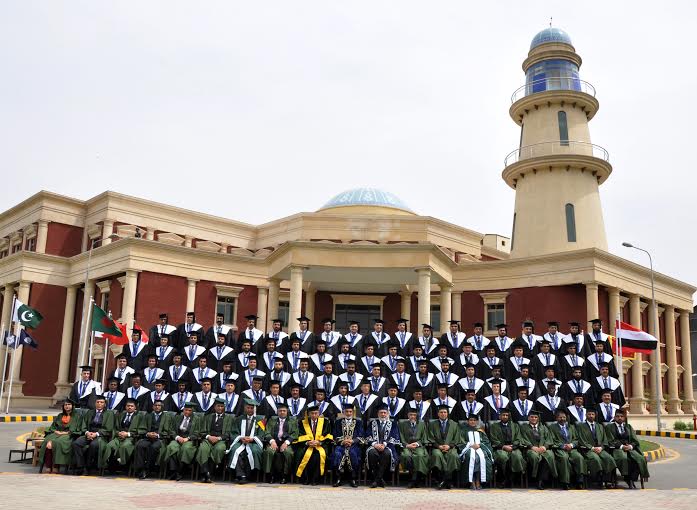
Another name of the college is COLLEGE of Logistics and Management; it is basically a strategic institute of the PAKISTAN NAVY that helps the PAKISTAN NAVY officers to conduct different research on different methods and techniques related to the Naval Warfare. The PAKISTAN NAVY officers also enrolled in the prestigious National Defense University (NDU).
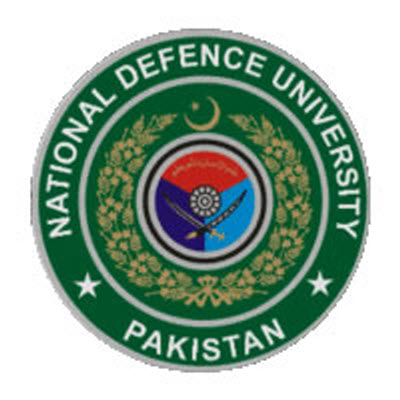
PAKISTAN NAVY Ranks:
Different ranks used in the PAKISTAN NAVY are as under:
- Midshipman
- Sub-Lieutenant
- Lieutenant Commander
- Commander
- Captain
- Commodore (One Star Flag Officer)
- Rear Admiral (Two Star Admiral)
- Vice-Admiral (Three Star Admiral)
- Admiral (Four-Star Admiral)
Excellence in the field of Science and Technology:
The PAKISTAN NAVY also maintains its different Science and Technology Organizations to promote to research and scientific activities in the Navy. One of the institutes that PAKISTAN NAVY operates is the Naval Directorate for Hydrography, it is the oceanographic program for the PAKISTAN NAVY.
PAKISTAN NAVY also manages a state of the art astronomical observatory known as the PAKISTAN NAVAL OBSERVATORY; the main purpose of this facility is to produce Timing, Navigation and Positioning for the PAKISTAN NAVY.
The primary organization for the PAKISTAN NAVY is the NAVAL STRATEGIC FORCES COMMAND (NSFC), this facility deal with battling, controlling and executing the naval-based Nuclear Weapons.

The other training centers of the PAKISTAN NAVY include the PNS Himalaya; it provides the several training courses for the surface combatants.
The PNS Karsaz could widely be regarded as the most technical, largest, organized and professional training institute for the PAKISTAN NAVY that provides both the combatant and non-combatant training to officers and sailors. The other bases and educational institutes are emerged from the core of the PNS Karsaz.
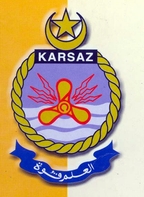
The other training institute includes the PNS Bahadur, it provides specialist courses for different weapons. The other premier institute manages by the PAKISTAN NAVY is The Navy Engineering College that provides under-graduate programs, post-graduates programs in the discipline of Manufacturing Engineering, Mechanical Engineering, Electrical Engineering, Industrial Engineering and Electronics Engineering.
PAK NAVY SEALS or SPECIAL SERVICES GROUP (N):
The Special Services Group Navy (SSGN) is the elite commando division of the PAKISTAN NAVY that deal in specialized unconventional warfare. It is also known as the PAKISTAN NAVY SEALS. The Special Services Group Navy (SSGN) is the part Naval Strategic Forces Command (NSFC). This elite commando unit was established by the Admiral Ahsan in 1966.
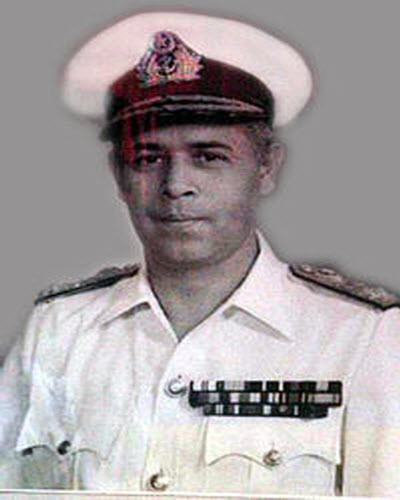
The training of the Special Services Group Navy (SSGN) could widely be regarded as the toughest training not in the PAKISTAN ARMED FORCE, but in the world also. For this very reason; the dropout rate in this elite force is very high.
The initial training of the Special Services Group Navy (SSGN) starts with the Special Services Group (SSG) of PAKISTAN ARMY and the Special Services Wing (SSW) of the PAKISTAN AIR FORCE. Different courses including the seaborne, airborne and diving courses are taught by the veteran elite commando operators.
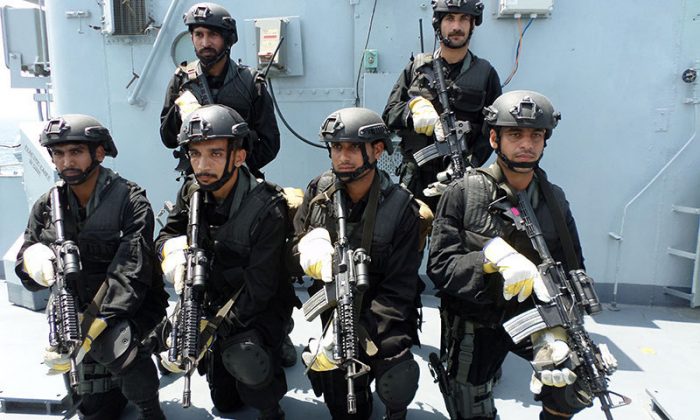
The original strength of the forces classified and it is never made to public and neither its history of operation ever released into the public.
PAKISTAN MARINES:
This is the branch of the PAKISTAN NAVY and it was established by Admiral Ahsan, the same behind the concept of the Special Services Group Navy (SSGN). The original strength of this force is around 45,000 and it uses the same ranks that are used by the PAKISTAN NAVY.
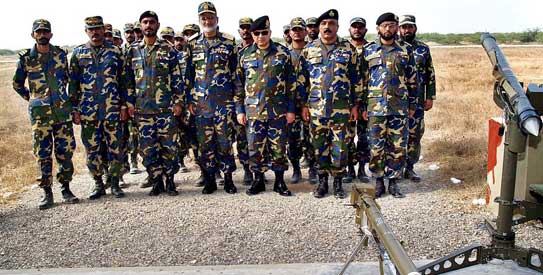
The headquarter of the PAKISTAN MARINES is situated in Karachi at PNS QASIM. The PAKISTAN MARINES were also deployed in the Sir Creek region near the Indo-PAK border.
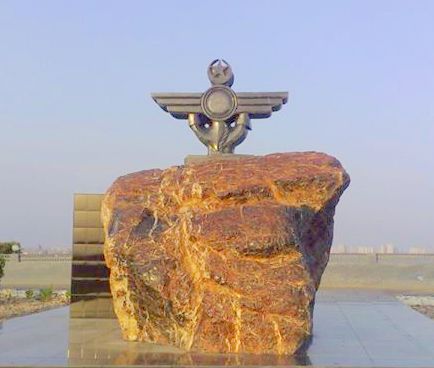
Coast Guards:
This is also a paramilitary branch of the PAKISTAN ARMY that is basically formed to use for law enforcement capacity. The Maritime Security Agency fulfills all the law enforcement role of the PAKISTAN NAVY in different naval operations.
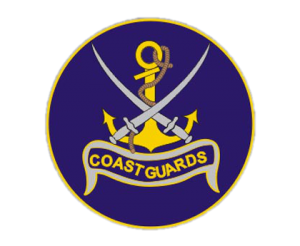
The Maritime Security Agency (MSA) is fully equipped to perform Search and Rescue missions in deep waters of its host country. However, the responsibilities of the PAKISTAN Coast Guards don’t require the Search and Rescue Operation, instead it focused on relief operations, riverine rescue operations and it sometime uses the mobility options of the PAKISTAN NAVY.
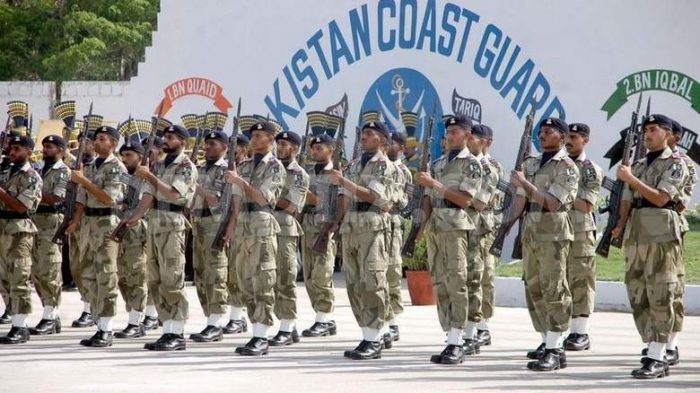
Branches of the PAKISTAN COAST GUARD:
The operation branches of the PAKISTAN COAST GUARD including the:
- Underwater Warfare
- Above Water Warfare
- Communication and Electronic Warfare
- Navigation, Operations and Hydrography
The Marine Engineering branch includes:
- Electrical
- Shipwright/ Hull
- Mechanical/ Propulsion
The Weapon Engineering branch includes:
- Ordnance
- Radio
- Fire Control
The Air Engineering Branch includes:
- Aerospace
- Avionics
- Logistics
- Supply Branch
- Medical Service
- Executive Branch
- Special Branch (IT)
Naval Fleet of the PAKISTAN NAVY:
The names of all the non-combatant and combatant ships of the PAKISTAN NAVY are started with the capital letters of PNS which means PAKISTAN NAVAL SHIPS. The offensive combat squadron of the PAKISTAN NAVY consists of 10 combatant ships.
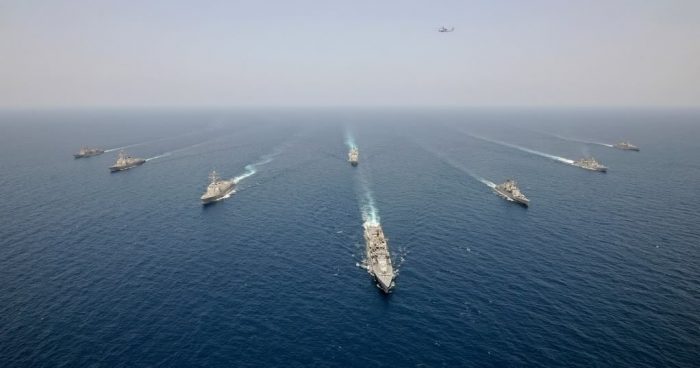
PAKISTAN NAVAL AIR DEFENSE:
The PAKISTAN NAVY launches an additional command in 2010 and it consists of the members of the PAKISTAN NAVY ground officers and PAKISTAN MARINES. The personnel of this command regularly use the revolutionary and cutting edge Man-Portable Air-Defense Systems (MANPADs).
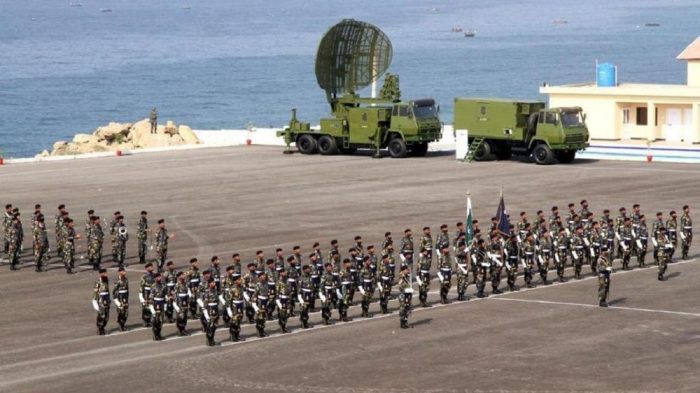
The personnel of the PAKISTAN NAVAL AIR DEFENSE (PNAD) are deployed in all over its host country to support the different combatant and non-combatant mission of the PAKISTAN NAVY.
